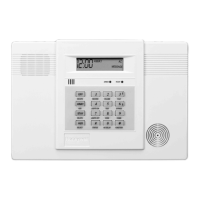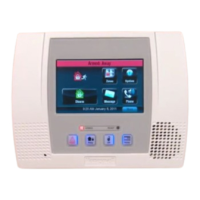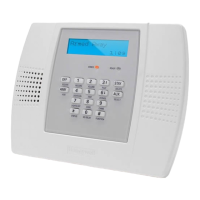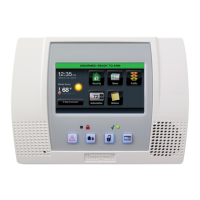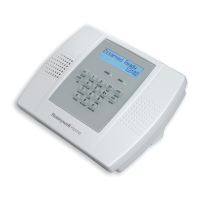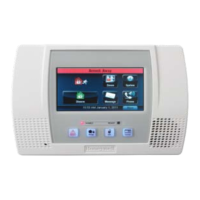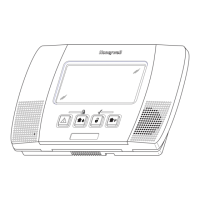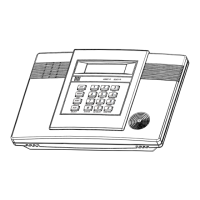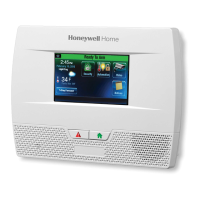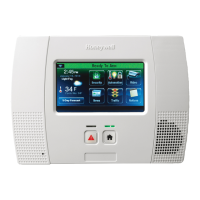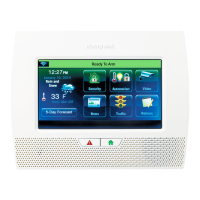What does it mean if a transmitter zone number on my Honeywell Security System appears but doesn't clear during Transmitter Sniffer mode?
- MMelissa RossSep 23, 2025
If a transmitter zone number appears during Transmitter Sniffer mode on your Honeywell Security System but does not clear, it could be because the transmitter zone type (ZT) is set to 00 (Not Used), so set ZT to a valid active zone type in field ?56. It may also be because the transmitter battery is not installed, so install the proper battery. Another possible cause is that the 5800 System transmitter has not been "entered" in the system, so "Enter" the unit in field ?56 or ?83.
